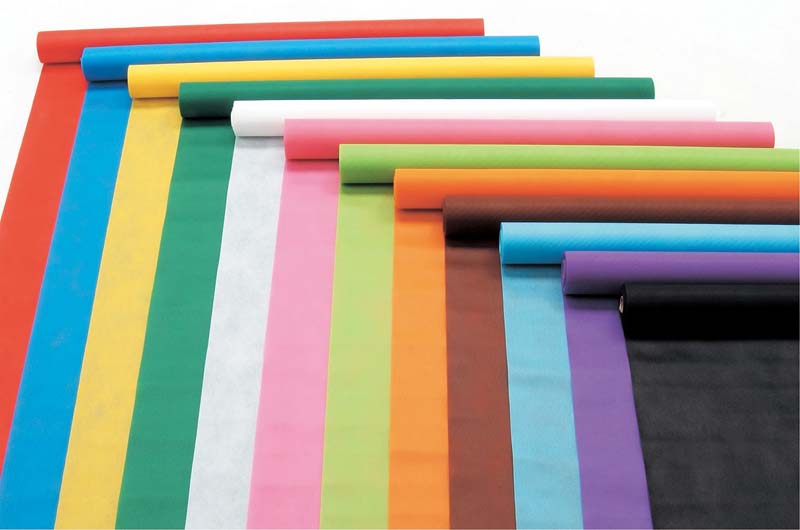You’ve heard that paper shopping bags can be more harmful than plastic , and reusable non woven shopping bags. Is this true? Which shopping bags are most eco-friendly and sustainable: reusable, plastic or paper bags?
Nowadays, people care more about the environment. Consumers maybe know which materials are easily recycled and reused, but they do not know about the manufacturing process of those materials. They are misunderstanding what is really harmful to the environment, and the truth behind them.

I. Which bag is the worst for the environment?
1. Environmental Impacts of Plastic vs. Paper Bags
Plastic bag has a bad reputation. However, it is not the worst, paper bag is.
Yes. Paper bags actually are the worst among nonwoven bags, plastic bags, and paper bags.
What people know is that paper bags are easy to reuse and recycle at a high rate, so it saves landfill. However, manufacturing paper in quantity needs a lot of cut-down trees, fuel, and water.
Manufacturing a paper bag takes more than 4 times as much energy as it does to manufacture a plastic bag.
For your information, paper bags frequently are not made from recycled material as used paper has shorter, and weaker fibers.
Recycling a pound of paper takes 9 times more energy than it takes to recycle a pound of plastic.
According to the Northern Ireland Assembly, a paper bag has more negative effects on the environment than a conventional plastic bag.
2. Environmental Impact of Plastic vs. Reusable Non-Woven Shopping Bags
Reusable grocery and shopping bags are made from several common materials such as cotton and non-woven polypropylene (PP). These 2 types of materials are more durable compared to others. Many environmentalists suggest that consumers and supermarkets should switch to reusable bags. But, are they really better than plastic bags?
It depends. If you are going to commit to reusable bags, then do it. Because an average cotton bag would need to be reused 131 times to have benefits on the environment over plastic ones. We need to learn how to live sustainably for a better environment.
Nonwoven shopping bags (PP), on the other hand, are less harmful and more cost-effective than cotton. You reused these bags only 11 times to get more benefits over conventional plastics.
II. Which shopping bag is the most “sustainable”?
It is obvious that all bags have an impact on the environment. What we could do is choose the one that has the smallest impact in the long term.
If you are going to use a single-use shopping bag, use a plastic one. The next better option would be using a nonwoven shopping bag a dozen times, even constantly using it for a year.
III. How to make nonwoven shopping bags more accessible?
One of the common concerns is the price of reusable bags compared to plastic ones. That’s why PP, PE, and many other fillers are manufactured and consumed a lot. If using the right type of filler for your product, manufacturers can cut costs by up to 20% for their nonwoven products. In the long term, using nonwoven bags is more effective and economical.